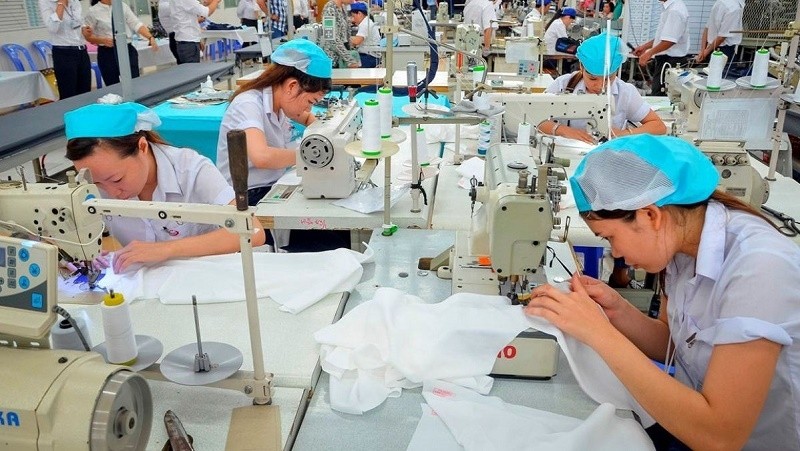According to Van Ngoc Thinh, Country Director of WWF, as Vietnam’s textile and garment industry depends significantly on water and energy for production, it needs to have initiatives to promote its sustainable development, thus contributing to the national economy and ensuring goals on environment.
The two report and tool are expected to support garment and textile enterprises’ development in the future.
The report “Textile and Garment Sector in Vietnam: Water Risks and Solutions” features 12 recommendations of the WWF to boost links among relevant agencies of the sector while promoting the management and improvement of water resources and sustainable energy use.
The textile and garment industry is one of the important sectors of Vietnam’s economy and it is also an industry that has high demand of water, especially for fabric processing and dyeing.
In order to improve the water management and use of the sector, some research results indicate that it is necessary to increase investment in wastewater treatment, and remove difficulties for factories and industrial parks, which do not have enough financial sources for wastewater treatment equipment and technologies.
According to VITAS, Vietnam ranks the 4th among textile exporting countries in the world, after China, India and Bangladesh.
In the first half of 2018, the total export turnover of Vietnam’s textile and garment industry reached US$16.5 billion, up 17% over the same period last year.
Foreign direct investment (FDI) poured into the sector hit US$2.8 billion, lifting the accumulated FDI in the industry to US$17.5 billion, with the Republic of Korea; Japan, and China being the biggest investors.
















